1. The Dick Van Dyke Show
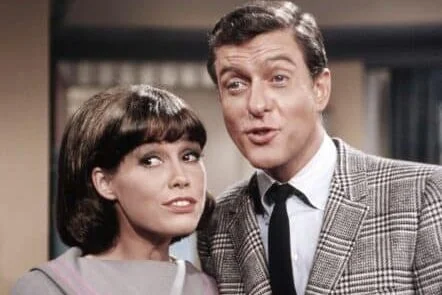
The Dick Van Dyke Show premiered in 1961, showcasing a perfect blend of slapstick comedy and heartfelt moments, making it a standout sitcom. Set in the world of a television writer and his family, it gave viewers an inside look at the industry, an unusual premise at the time. Dick Van Dyke and Mary Tyler Moore’s impeccable chemistry made them an iconic on-screen couple, while the show’s quick wit and relatable family dynamics resonated with audiences across America.
It broke away from traditional sitcom formats, offering smarter humor and more complex characters. The show’s impact on television comedy cannot be overstated, as it set a new bar for writing and performance. The series also became a cultural touchstone for depicting a modern, middle-class American family, influencing many sitcoms that followed. Even years later, it remains a beloved classic.
2. I Love Lucy
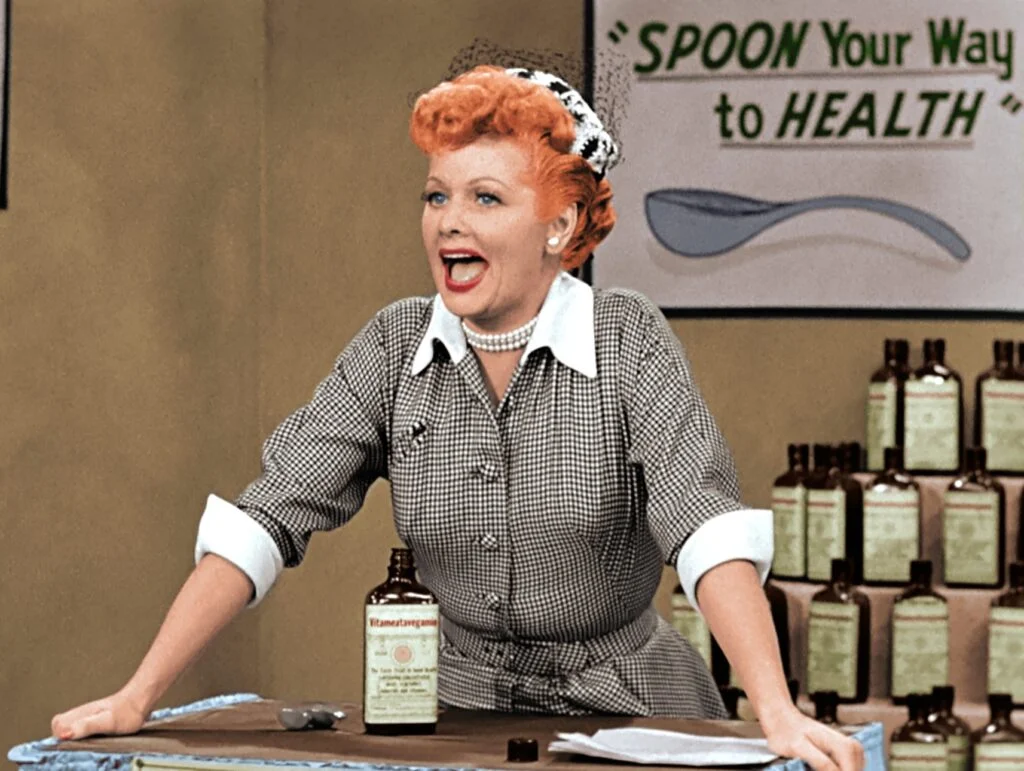
I Love Lucy, which aired from 1951 to 1957, is often hailed as one of the greatest TV shows of all time. Though it straddled the late ’50s and early ’60s, its influence continued to shape sitcoms well into the next decade. The show’s groundbreaking nature was rooted in its depiction of a married couple’s daily lives, but it was Lucille Ball’s comedic genius that took it to legendary status. Lucy’s physical comedy, exaggerated antics, and charm won the hearts of millions, cementing her place in television history.
The series was also a pioneer in how it dealt with issues of gender and race. Lucy was one of the first female leads to play an ambitious, independent woman in television, a stark contrast to the more traditional, submissive female characters of the time. Her comedic legacy continues to inspire generations of performers, and I Love Lucy remains a cultural milestone.
3. The Beverly Hillbillies
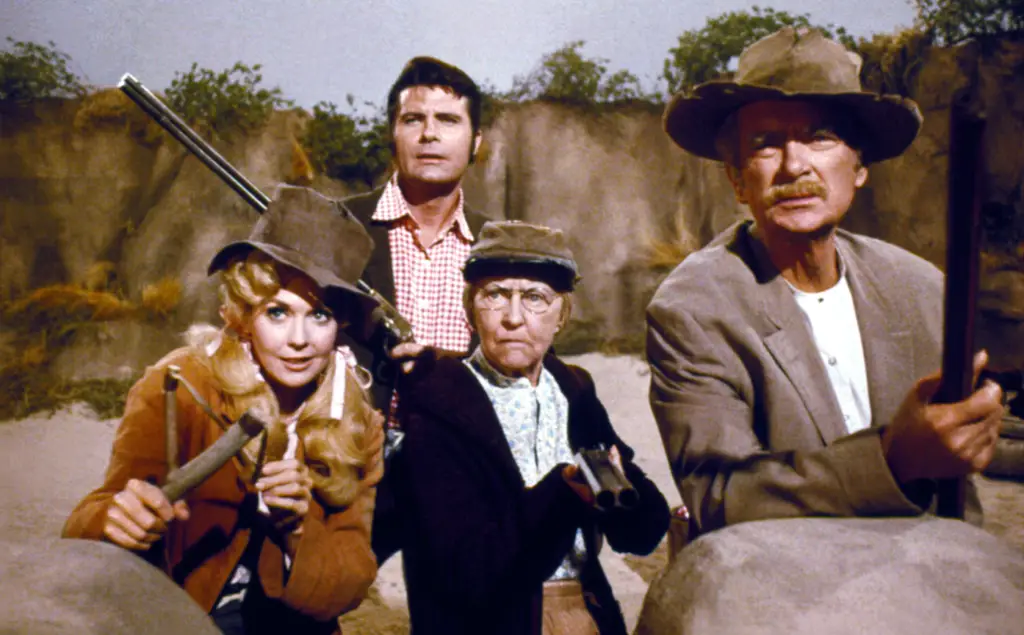
Premiering in 1962, The Beverly Hillbillies was a satire of wealth and class disparities, offering a humorous take on rural life colliding with upscale society. The show followed the Clampett family, who struck it rich by discovering oil on their land and moved to the glamorous hills of California. With its quirky cast of characters and fish-out-of-water scenarios, it became a cultural reflection of American ideals about wealth and status in the early 1960s.
While the show was often considered lowbrow humor, it served as a critical commentary on class division in a lighthearted, approachable way. The Beverly Hillbillies also helped to launch the “rural sitcom” genre, influencing other shows that featured country characters navigating modern, urban environments. It lasted for nine seasons, and its influence continues to be felt in TV comedies today.
4. The Twilight Zone

The Twilight Zone, created by Rod Serling, made its debut in 1959, but it remained a significant cultural force throughout the 1960s. While not a traditional sitcom, its anthology-style storytelling, blending science fiction with dark social commentary, redefined the television landscape. The show’s provocative episodes often tackled issues such as racism, conformity, and the fear of the unknown, using fantasy and horror to reflect real-world problems.
Its ability to address complex and sometimes controversial topics while still entertaining made it a unique milestone in TV history. The Twilight Zone‘s influence on later genres, including drama and science fiction, is immeasurable. It also helped pave the way for television as a platform for serious, thought-provoking storytelling, inspiring countless writers and filmmakers.
5. Bewitched
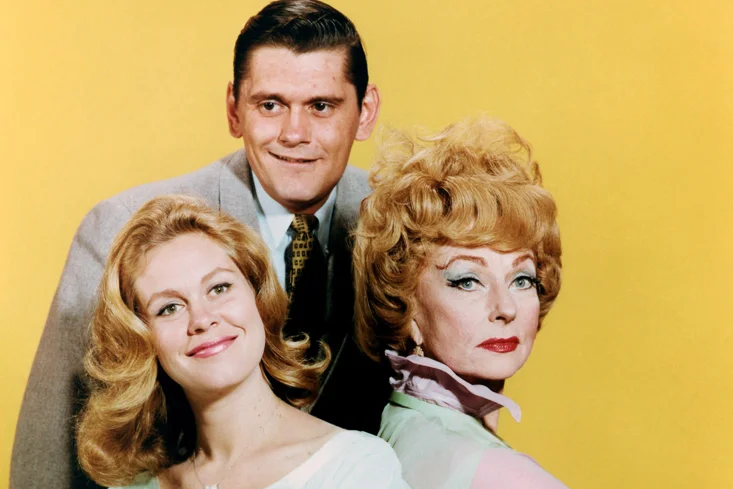
Premiering in 1964, Bewitched became an instant hit, blending the domestic sitcom format with fantasy elements. The show centered on Samantha, a witch who married a mortal man, Darrin, and promised to live a normal life. Its portrayal of a woman with supernatural powers navigating domestic life resonated with audiences, reflecting the tension between traditional gender roles and the rising power of women in the 1960s.
Bewitched also broke new ground in terms of its representation of magical realism on television. Samantha’s attempts to keep her witchcraft hidden while managing family life offered both comedy and relatable moments for viewers. The show’s lasting influence can be seen in later sitcoms that mixed the ordinary with the extraordinary, such as The Nanny and Charmed.
6. The Addams Family
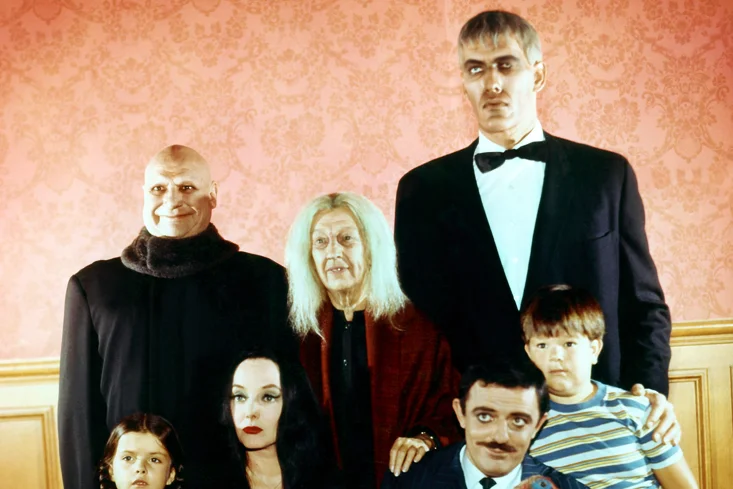
The Addams Family, which debuted in 1964, was a macabre yet hilarious sitcom that flipped the typical family dynamic on its head. The show focused on the eccentric, spooky Addams family, who lived in a spooky mansion and loved all things bizarre. Despite their oddities, the Addams family was portrayed as a loving, functional unit, offering a subtle commentary on societal norms and how different families are often unfairly judged.
The show’s quirky characters, including Gomez, Morticia, and their lovable children, were refreshingly unconventional. Its dark humor, visual style, and unique characters have made it a cultural staple, influencing countless adaptations in TV, film, and even Broadway. The Addams Family remains an iconic example of how to mix family-friendly humor with alternative cultural values.
7. The Monkees
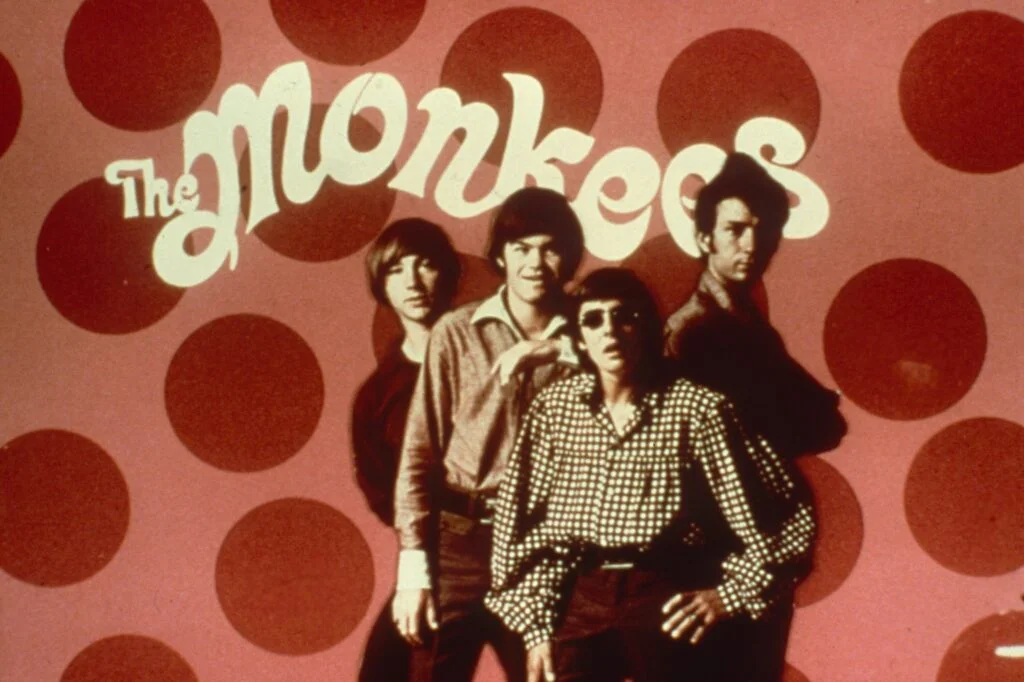
The Monkees, which aired from 1966 to 1968, was not just a television show—it was a full-blown cultural phenomenon. Modeled after The Beatles, the series followed a band of misfit musicians navigating their way through wacky adventures. It was an early example of “manufactured pop culture,” as the actors, despite being portrayed as musicians, were not actually playing their instruments at first. The show’s energetic vibe, quirky storylines, and catchy tunes made it an instant hit with younger audiences.
The Monkees didn’t just entertain; they also symbolized the countercultural movement of the late ’60s, offering a fun, rebellious alternative to traditional family sitcoms. The show’s success paved the way for more musical and youth-driven programming, and its impact is still felt in TV shows and music today. The Monkees were also integral in creating the “teen idol” phenomenon that defined much of ’60s pop culture.
8. That Girl
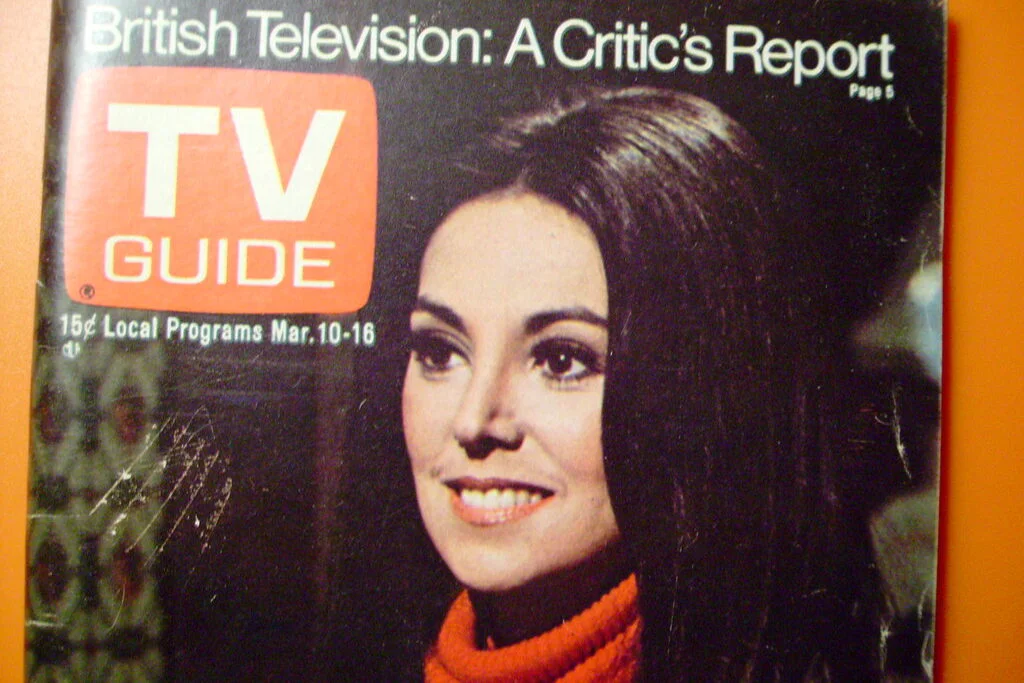
Debuting in 1966, That Girl starred Marlo Thomas as Ann Marie, a single woman trying to make a name for herself as an actress in New York. The show was groundbreaking for its portrayal of a single, independent woman—something that was rarely seen on television at the time. Ann Marie’s journey from aspiring actress to self-assured woman was both empowering and relatable for viewers, especially as it aired during the rise of second-wave feminism.
That Girl was also one of the first shows to depict a woman living independently and pursuing her dreams, reflecting the shifting social attitudes of the 1960s. While the show was lighthearted and comedic, it subtly addressed serious issues of independence, career, and relationships, making it a cultural milestone in television history.
9. The Mary Tyler Moore Show

Although The Mary Tyler Moore Show first aired in the early ’70s, its roots can be traced back to the changing cultural landscape of the 1960s. The show revolutionized the sitcom genre by focusing on a single, career-driven woman in her 30s, which was unheard of at the time. Mary Tyler Moore’s portrayal of Mary Richards, a single woman working as a TV news producer in Minneapolis, set a new standard for feminist representation in media.
The series, with its witty dialogue and strong ensemble cast, became a beloved staple of American television. Its success ushered in a new era of sitcoms that focused on the lives of independent women and broke free from traditional gender stereotypes. The Mary Tyler Moore Show helped redefine what it meant to be a woman in the workplace, making it an important cultural milestone.
10. The Munsters
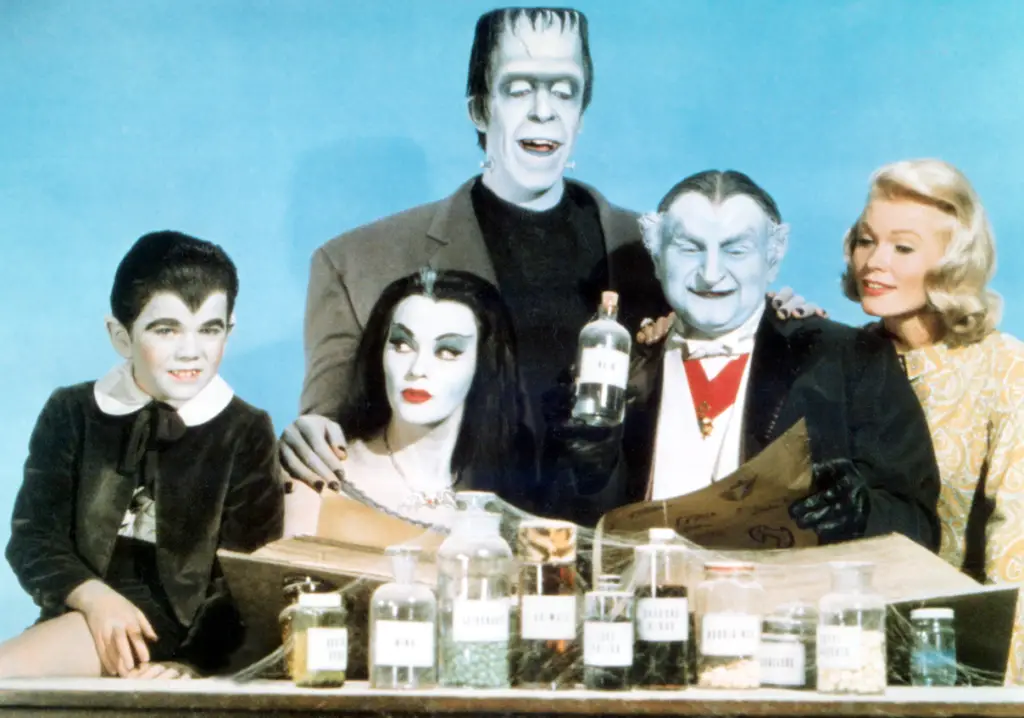
Another beloved show from the ’60s, The Munsters debuted in 1964, blending dark humor with family values. Much like The Addams Family, The Munsters focused on an unconventional family—but this one was more goofy than spooky. The Munsters, led by Herman, a Frankenstein-like patriarch, navigated suburban life, often finding themselves at odds with societal norms.
The show’s use of comedic horror elements gave it a unique charm, and it quickly became a cult classic. While the series only lasted for two seasons, its lasting impact on pop culture is undeniable. It’s also an early example of a show that celebrated families that were different, challenging traditional portrayals of what an American family should look like.
11. The Andy Griffith Show
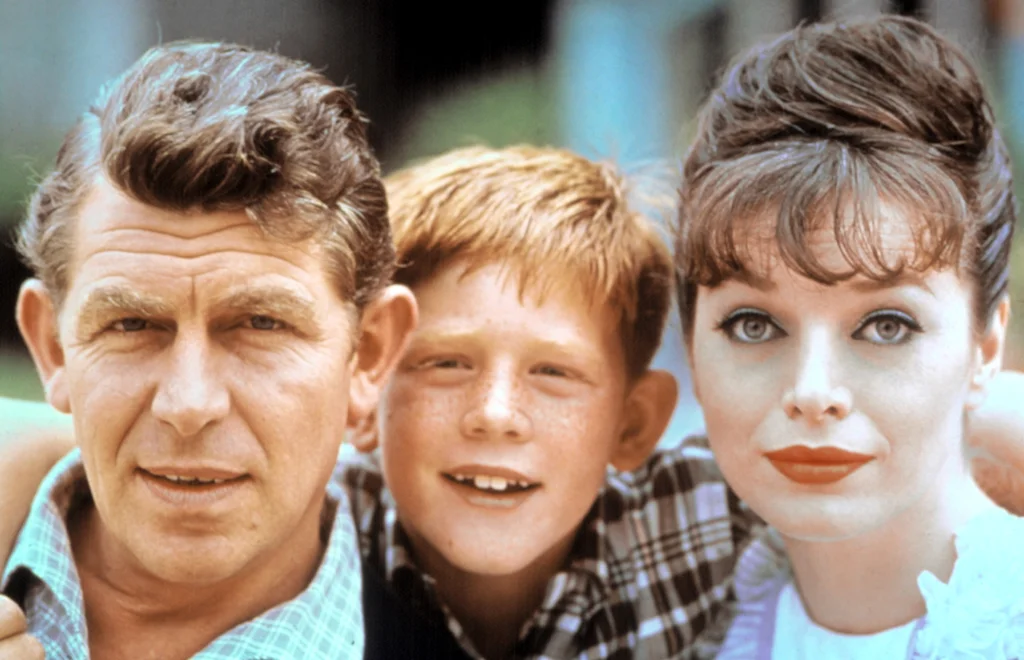
Premiering in 1960, The Andy Griffith Show became a defining portrayal of small-town life in America. Set in the fictional town of Mayberry, the series followed the calm, folksy Sheriff Andy Taylor as he navigated life with his young son Opie and bumbling deputy Barney Fife. The show’s charm lay in its gentle humor and the heartwarming relationships between the characters, which reflected the values of trust, community, and simplicity.
While it was often lighthearted, the show also tackled serious issues of morality and justice in a way that was accessible to a broad audience. The enduring popularity of The Andy Griffith Show cemented it as a cornerstone of American television, influencing future generations of sitcoms with its character-driven storytelling and focus on community.
12. Hogan’s Heroes
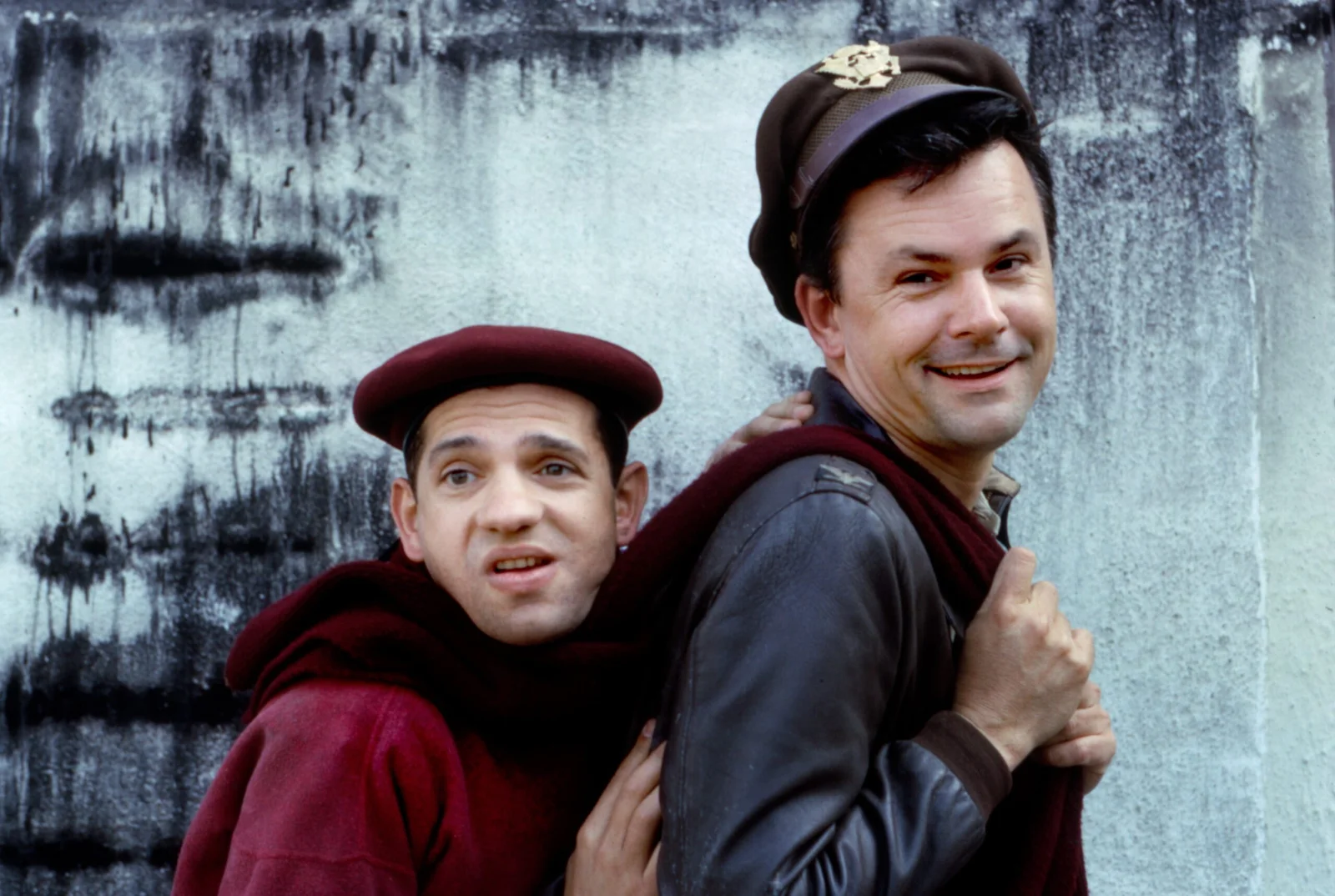
Hogan’s Heroes, which aired from 1965 to 1971, is often considered one of the most unconventional sitcoms in television history. Set in a German POW camp during World War II, the show followed a group of Allied prisoners led by Colonel Hogan as they outsmarted their Nazi captors. The juxtaposition of the grim realities of war with the absurd, comedic antics of the prisoners and their captors was a bold move, making the show both a source of humor and controversy.
Despite its premise, Hogan’s Heroes became a cultural touchstone, blending satire with slapstick comedy. It also explored themes of resistance, resilience, and camaraderie, making it a unique entry in the television landscape. The show’s success in both entertainment and subversive storytelling has left a lasting impression on how television can use humor to address even the darkest historical moments.
13. Green Acres
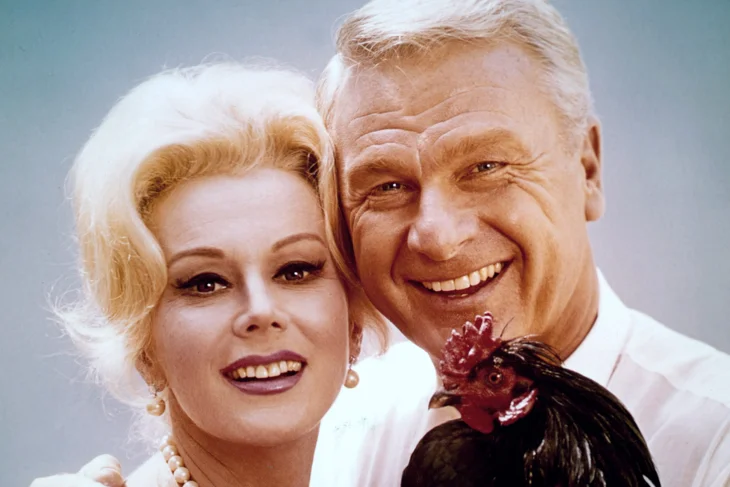
Premiering in 1965, Green Acres was a rural comedy that turned traditional sitcom tropes upside down. The show followed Oliver Wendell Douglas, a Manhattan lawyer, who moves with his wife Lisa to a dilapidated farm in the country. While Lisa finds the farm life a bit odd, Oliver attempts to make the best of it, leading to a series of comedic situations.
What made Green Acres stand out was its absurdity and satire of the rural lifestyle, offering a humorous look at the clash between urban sophistication and country simplicity. The show’s quirky humor, oddball characters, and bizarre scenarios made it a memorable part of ’60s television, solidifying its place as a cultural milestone. Its influence can still be seen in later sitcoms that explore city-country contrasts.


